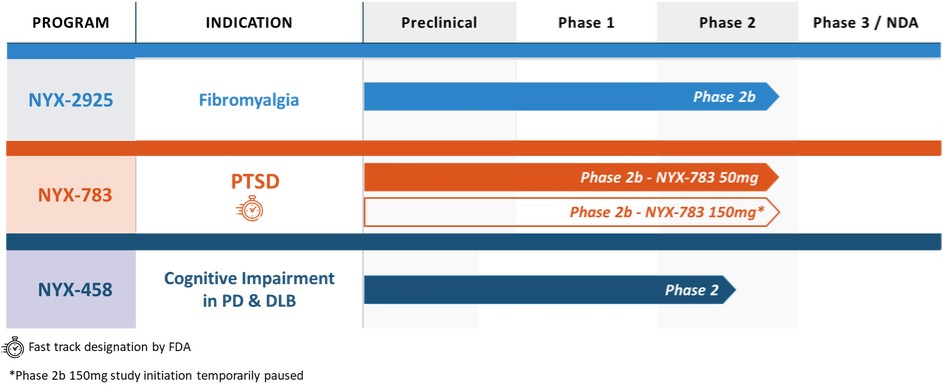Free signup for more
- Track your favorite companies
- Receive email alerts for new filings
- Personalized dashboard of news and more
- Access all data and search results
Content analysis
?| Positive | ||
| Negative | ||
| Uncertain | ||
| Constraining | ||
| Legalese | ||
| Litigious | ||
| Readability |
H.S. junior Avg
|
|
New words:
afforded, announced, announcement, bid, calendar, centralized, consecutive, conserve, delisted, delisting, dose, endpoint, fail, feet, forward, grace, landlord, letter, lifted, mg, minimum, notification, path, pause, paused, placebo, reclassified, regain, runway, space, square, temporarily
Removed:
accelerate, actively, added, adjusted, annually, arrangement, behalf, body, budget, calculate, capitalized, chronic, comprising, conducting, consideration, contractually, cost, cumulative, customer, declared, direct, disruption, estimated, Food, free, FTE, fulfillment, Health, historically, initiated, internally, involvement, January, JSC, knowledge, license, measure, meeting, method, natural, obtaining, Organization, outbreak, outset, owed, partner, performed, precautionary, priced, prioritization, prolonged, promised, proportional, purpose, recommenced, reimbursed, relate, represent, representative, represented, reviewed, satisfied, selling, served, single, standalone, steering, strain, subsequently, supervised, Type, underlying, underwriting, updated, utilized, vesting, World
Filing tables
Filing exhibits
Related press release
Associated APTX transcripts
APTX similar filings
Filing view
External links
